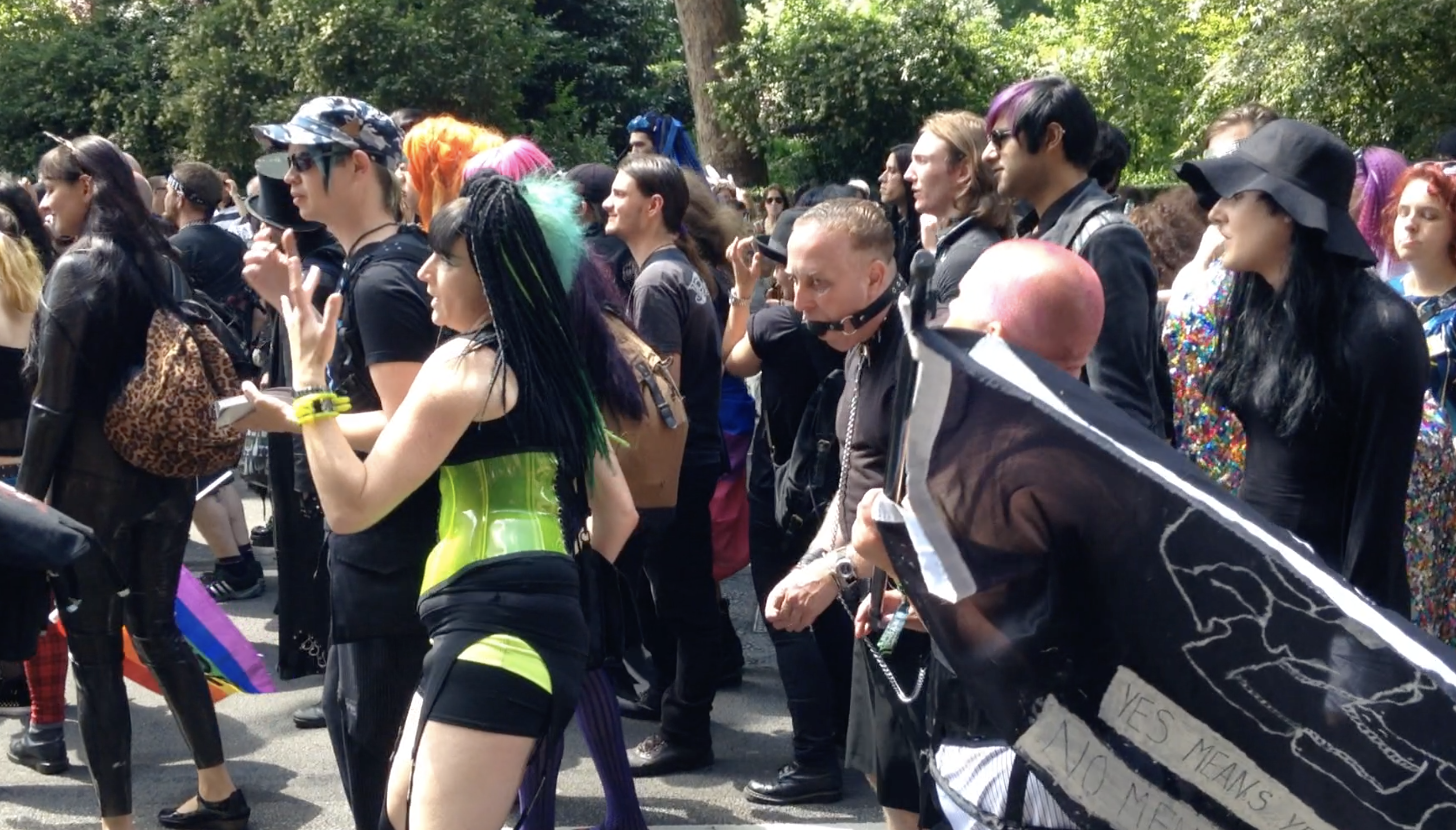In many parts of the world, unwanted sexual attention has become a normal, though
disturbing, part of a night out. In bars, pubs and clubs, sexual harassment and assault happens regularly to people of all genders and orientations. But the way it is usually understood and discussed is in terms of a heterosexual framework – men against women.
I explored this in my master’s research, looking at unwanted male sexual attention in pubs and clubs. I found that due to the common occurrence of such behaviour, heterosexual women often chose to frequent LGBTQ+ venues. They wanted to avoid the ever-present sexualised “male gaze”, saying that they felt more comfortable away from the fear of harassment or sexual violence from straight men.
The use of LGBTQ+ venues by heterosexual people is a long-debated issue. But more than that, it’s a misconception to think that these venues are free from unwanted sexual experiences. That myth itself is rooted in heteronormativity – a worldview that sees heterosexual relationships as the “standard”.
My ongoing PhD research, which focuses on the experiences of lesbian, gay and bisexual (LGB) people, provides insight into the unwanted sexual attention that is also a part of the LGBTQ+ pub and club scenes.
Each person who experiences it has their own understanding and definition of what constitutes unwanted sexual attention. In my research, participants consider it to be unwanted and inappropriate verbal comments, staring and touching that may not fit the legal definition of sexual assault.
LGB peoples’ experiences are often omitted from discussions about such behaviour. While it’s important to talk about toxic masculinity and sexism as cultural problems, these traditional gender norms can’t always account for the unwanted sexual attention that occurs in LGBTQ+ venues.
As a result, people may ignore or downplay experiences of unwanted touching or comments that don’t fit the “script” of a heterosexual man harassing a heterosexual woman.
‘It’s just what happens’
I have been going to LGBTQ+ venues around the UK since the early 2000s. In the 17 years since that first night out, I have had to navigate my way through many unwanted and unacknowledged encounters. On reflection, these occasions had been inappropriate or had made me feel uncomfortable.
As my own personal experiences and research show, LGBTQ+ nightlife is not free from instances of unwanted sexual attention. Although we may not hear about it as much for various reasons, it is common – even expected – in such venues. As a 34-year-old gay male participant told me:
I have lost track of the amount of times I have walked into the men’s toilets in a gay bar and have been ogled, groped and sexualised, but it’s just what happens.
A 29-year-old lesbian participant relayed a story of when she passed out, drunk, in a club. Her story shows how much the gendered lens of unwanted sexual attention can affect how victims respond:
I woke up, slumped in a corner and this girl was kissing me, it was not consensual. At the time, I just didn’t care and like, even thinking about it now … I feel like it’s still not OK but I was just like “You’re not my type”, so I’m going home. If it had been a straight man, all hell would’ve broken loose.
Protecting ‘safe’ spaces
One reason there is resistance to speaking out about this behaviour is because of the fear of “contaminating” and stereotyping the reputation of the LGBTQ+ community. As a 27-year-old bisexual woman told me:
We don’t want anything to be negative. So if it isn’t man to woman, we don’t think about it being a bad thing. I think that’s why these things are just a part of being in this community.
Unwanted sexual attention between LGB people in LGBTQ+ venues is experienced in a different political and historical setting than for heterosexual people. LGBTQ+ venues developed as sites of resistance for LGBTQ+ people to build a safe community away from discrimination.
Over the years, these venues have transformed against a backdrop of homophobic campaigns, from dimly lit rooms with covered windows, to the rainbow-fronted venues seen today.
One participant, a 43-year-old gay man, explained:
We neutralise poor behaviour and accept everything in our community so we don’t look bad, because we have always received so much negativity outside.
Unwanted sexual attention among LGBTQ+ people needs to be understood and discussed in a way that doesn’t make heterosexual experiences the default. It is important for people inside and outside of the community to recognise that these experiences are not only significant, but that they exist outside of traditional man-woman gender norms.
Talking about how this harmful behaviour can happen even in these supposed “safe” spaces is necessary to empower people to speak about their own experiences, and ultimately put a stop to it.![]()
Janina Smietanka, Phd Candidate Criminology, University of Plymouth
This article is republished from The Conversation under a Creative Commons license. Read the original article.
